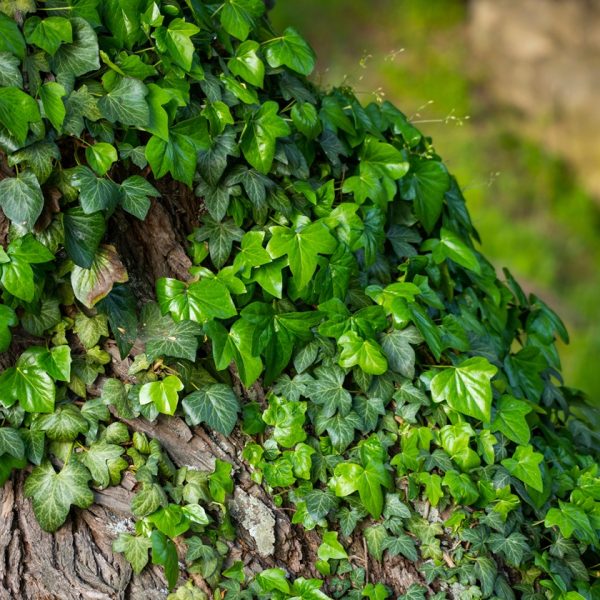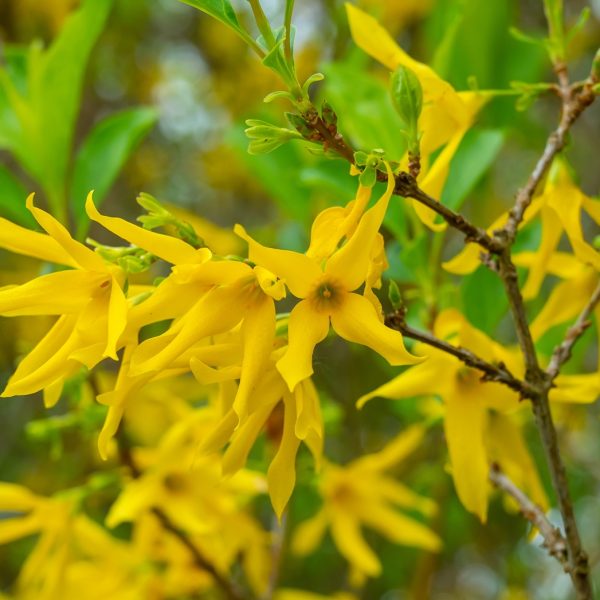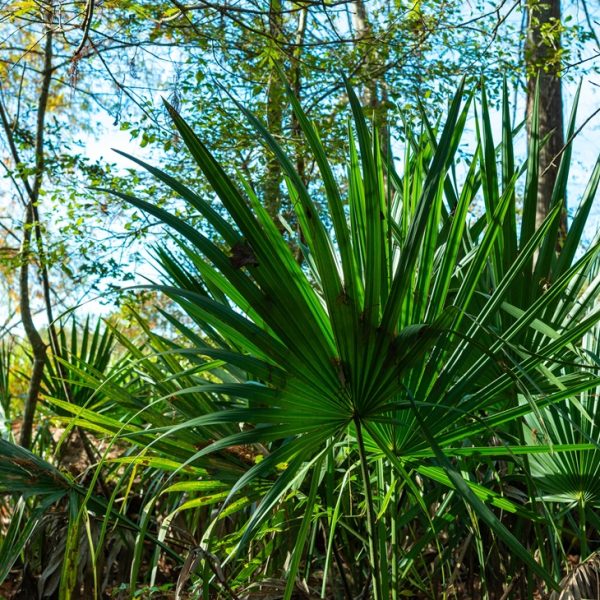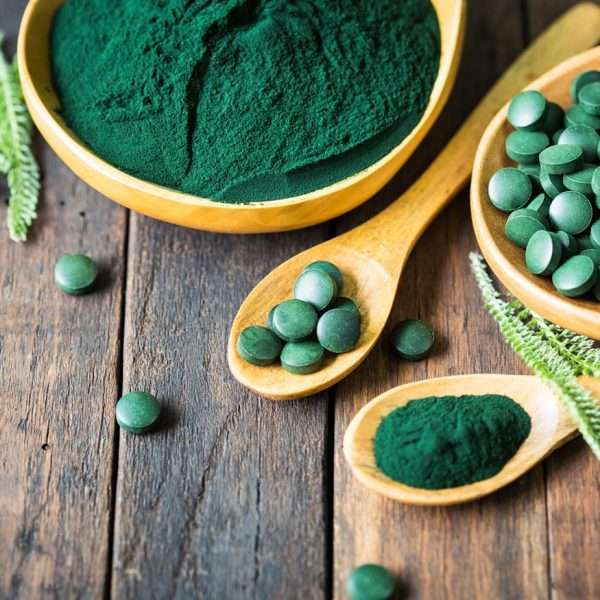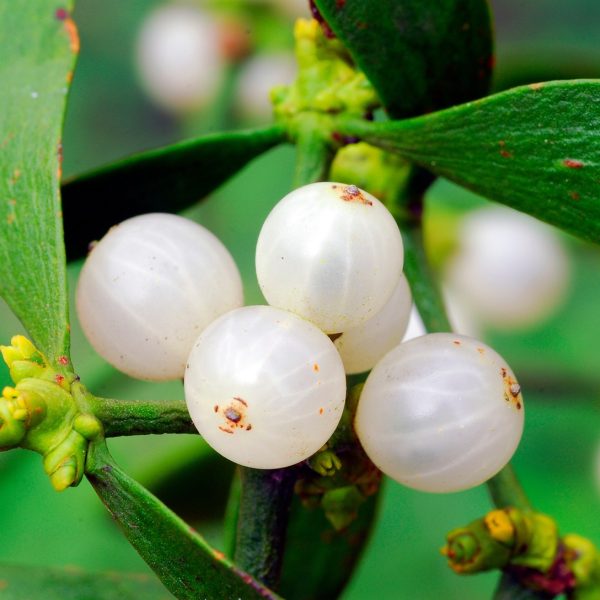Shatavari has long been used in Ayurveda for female reproductive health. This study explores its promise in strengthening the musculoskeletal system in women after menopause.

In this article, we discuss the study, Shatavari supplementation in postmenopausal women improves handgrip strength and increases vastus lateralis myosin regulatory light chain phosphorylation but does not alter markers of bone turnover (1).
Plant name and species
Shatavari (Asparagus racemosus)
Aim of study
To explore the effects of shatavari supplementation on bone and muscle structure and function in postmenopausal women.
This is the first of two Research Seeds describing recent research on shatavari. You can also read the second article “Shatavari: Muscle function in older women“.
Study method
The study was a double-blind, placebo-controlled parallel design. The following measures of muscle and bone activity were made:
- Handgrip strength via a dynamometer
- Lower limb knee extensor muscle strength via a dynamometer
- Muscle protein immunoblotting from a vastus lateralis leg muscle biopsy
- Bone turnover markers via a blood sample
- Additional osteoblast cell culture tests using serum
Herbal preparation
Participants consumed two capsules per day of either shatavari root powder (500 mg powder equivalent to 13,250 mg fresh weight) or placebo (magnesium stearate, 500 mg/capsule). Capsules were odour-free and visually identical. The capsules were consumed for 6 weeks. The shatavari powder was organic and provided by Pukka Herbs Ltd.
Sample size
A total of 20 postmenopausal women (68.5 ± 6 years, body mass index (BMI) 23.3 ± 3.8) completed the study. The exclusion criteria included less than 60 years of age; BMI > 30; last menstrual period within the last 12 months; use of any form of oestrogenic or progestogenic hormone replacement therapy, and those taking drugs or other supplements for bone health.
Results of study
Six week shatavari supplementation (1 g per day) significantly improved handgrip strength but not knee extensor strength.
There were significant increases in myosin regulatory light chain (pMLC) phosphorylation following shatavari supplementation, as quantified by immunoblotting.
Shatavari increased the phosphorylation of Aktser473, but other markers of muscle protein phosphorylation did not change.
For bone markers, there were no changes to markers of bone turnover (P1NP and β-CTX), nor did the bone cell culture tests using blood serum from the participants whilst they were taking shatavari yield any changes.
Discussion
Understanding bone and muscle health in women as they age is important as the risk of sarcopenia and osteoporosis increases. This is the first of two studies looking at the herb shatavari in the context of bone and muscle health in women. Shatavari is an Ayurvedic herb widely used for women’s health and contains steroidal saponins, primarily shatavarins I–IV, alongside other constituents including racemosides and asparargamine A.

This study demonstated that 1g shatavari supplementation per day for six weeks could significantly improve handgrip strength and elevate muscle pMLC, a major protein involved in muscle contractility. The authors cite research that shows that pMLC decreases with age, particularly in women.
This response may have been regulated by the phosphorylation of AktS473 which controls muscle protein synthesis and growth. Other markers of protein synthesis and bone turnover were not affected.
It was interesting that knee extensor muscle strength did not also improve. The authors suggested that the knee extensor test is more difficult to perform than the handgrip test, and possibly in an older cohort, more familiarity with the test before the start of the study could produce more consistent results.
In a follow-up set of tests, the same research group at Exeter University looked at muscle biopsy proteomics and used different statistical approaches to assess gene expression and cell pathways (2). Shatavari supplementation caused the upregulation of genes involved in integrin/MAPK signalling and energy metabolism, and downregulation of genes involved in muscle contraction, amongst others. Understanding the gene responses is a ground-breaking step. Whilst the downregulation of genes involved in muscle contraction seems contradictory, the authors suggest that the overall net effect is still an enhancement of muscle protein synthesis and contractile activity. They require further research to understand the status of these genes in an older population, and also to hone the knee extensor test to ensure it is rigorous and a good model for acute resistance exercise.
Another study revealed shatavari (500 mg per day) enhanced strength gains in young men following eight weeks of bench press training (3). Further research is required to understand the effects of shatavari in both younger and older, male and female demographics. The activity of different shatavari compounds may also be further elucidated, as the research is suggesting a non-phytoestrogenic effect in these cases.
Conclusion
The authors conclude that shatavari supplementation shows great promise in strengthening muscle function postmenopausal women, as part of a healthy aging regimen specifically to enhance resistance training, or for sarcopenic populations.
References
- O’Leary MF, et al (2021). Shatavari Supplementation in Postmenopausal Women Improves Handgrip Strength and Increases Vastus lateralis Myosin Regulatory Light Chain Phosphorylation but Does Not Alter Markers of Bone Turnover. Nutrients. 27;13(12):4282. doi: 10.3390/nu13124282. PMID: 34959836. https://pmc.ncbi.nlm.nih.gov/articles/PMC8708006/
- O’Leary MF, Jackman SR, Bowtell JL (2024). Shatavari supplementation in postmenopausal women alters the skeletal muscle proteome and pathways involved in training adaptation. Eur J Nutr. 63(3):869-879. doi: 10.1007/s00394-023-03310-w. Epub 2024 Jan 12. PMID: 38214710; https://pmc.ncbi.nlm.nih.gov/articles/PMC10948523/
- Anders JPV, et al (2020). The Effects of Asparagus Racemosus Supplementation Plus 8 Weeks of Resistance Training on Muscular Strength and Endurance. J Funct Morphol Kinesiol. 17;5(1):4. doi: 10.3390/jfmk5010004. PMID: 33467220. https://pmc.ncbi.nlm.nih.gov/articles/PMC7739404/

